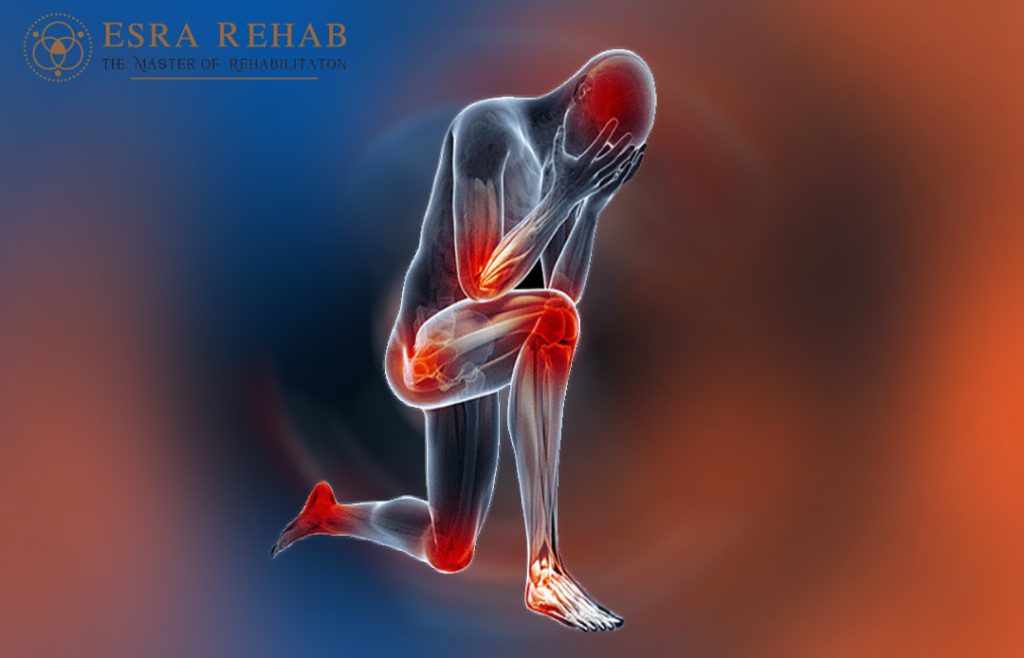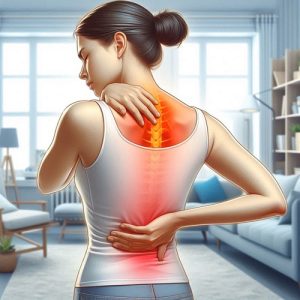Empowering Rheumatoid Arthritis Patients: A Home Exercise Program for Mobility and Functionality Enhancement
In combating the challenges posed by RA, physiotherapy emerges as a vital element. Its significance lies in its holistic approach, aiming not just to alleviate pain but also to enhance mobility, restore functionality, and improve the overall quality of life for individuals battling RA.
In other words, physiotherapy interventions effectively address pain management, employing techniques like hot and cold therapy, ultrasound, and manual therapy to alleviate discomfort. Moreover, mobility exercises aid in maintaining or enhancing joint flexibility and movement. Enhancing mobility, restoring functionality, and improving the overall quality of life for Rheumatoid Arthritis (RA) patients involves a multifaceted approach. Here’s a monthly program designed for individuals to perform exercises at home, focusing on strengthening muscles, improving flexibility, and reducing joint strain through range-of-motion exercises and low-impact aerobics.
Monthly Program for Enhancing Mobility and Functionality in RA Patients
Physiotherapists craft personalized exercise regimes, considering the patient’s condition, limitations, and progression of the disease. These programs adapt as the patient’s needs change, ensuring a continual improvement in physical well-being. Thus, If you are more advanced; then you need another program, please contact us to set new program since this program is helpful for people who are starting from very poor levels of physical activity.
Precautions and Safety Measures
While physiotherapy offers numerous advantages, it’s essential to follow precautions and safety measures. Overexertion, incorrect postures, or inappropriate exercises can exacerbate RA symptoms. Hence, professional guidance and adherence to prescribed routines are crucial.
Week 1-2: Strengthening Muscles
Days 1-3:
- Exercise 1 – Leg Raises: While lying on your back, raise one leg slowly to a 45-degree angle, then lower it back down. Repeat 10-15 times on each leg.
- Exercise 2 – Seated Rows: Using resistance bands or weights, perform seated rows to strengthen upper back muscles. Aim for 2 sets of 12-15 repetitions.
Days 4-7:
- Exercise 3 – Wall Push-Ups: Stand facing a wall, place your hands on the wall at shoulder height, and push against the wall, bending your elbows and then straightening them. Repeat 10-12 times.
- Exercise 4 – Chair Squats: Sit on a chair, stand up, then slowly lower yourself back down. Aim for 2 sets of 10-12 squats.
Week 3-4: Improving Flexibility
Days 8-10:
- Exercise 5 – Shoulder Stretch: Hold one arm across your chest with the opposite hand and gently pull towards your body. Hold for 20-30 seconds on each side.
- Exercise 6 – Hamstring Stretch: Sit on the edge of a chair, extend one leg forward, and lean forward slightly, feeling the stretch in your hamstring. Hold for 20-30 seconds per leg.
Days 11-14:
- Exercise 7 – Neck Rotation: Slowly turn your head to the right, hold for a few seconds, then repeat on the left side. Do this 5 times on each side.
- Exercise 8 – Calf Stretch: Stand facing a wall, place both hands on the wall, and step one foot back, keeping it straight. Lean forward to feel the stretch in your calf. Hold for 20-30 seconds per leg.
Throughout the Month: Range-of-Motion Exercises and Low-Impact Aerobics
- Exercise 9 – Ankle Circles: Sit comfortably, lift one foot off the ground, and rotate your ankle in circular motions. Repeat 10 times in each direction.
- Exercise 10 – Walking or Swimming: Engage in low-impact activities like walking or swimming for at least 30 minutes, 3-4 times a week, to improve overall mobility without straining joints.
Tips for Safe Exercise:
- Begin with gentle movements and gradually increase intensity.
- Listen to your body; if any exercise causes pain, stop immediately.
- Perform exercises in a comfortable and supportive environment.
- Stay hydrated and maintain proper breathing during workouts.
This program, consisting of strengthening, flexibility, range-of-motion exercises, and low-impact aerobics, can significantly contribute to enhancing mobility, restoring functionality, and improving the overall quality of life for RA patients



